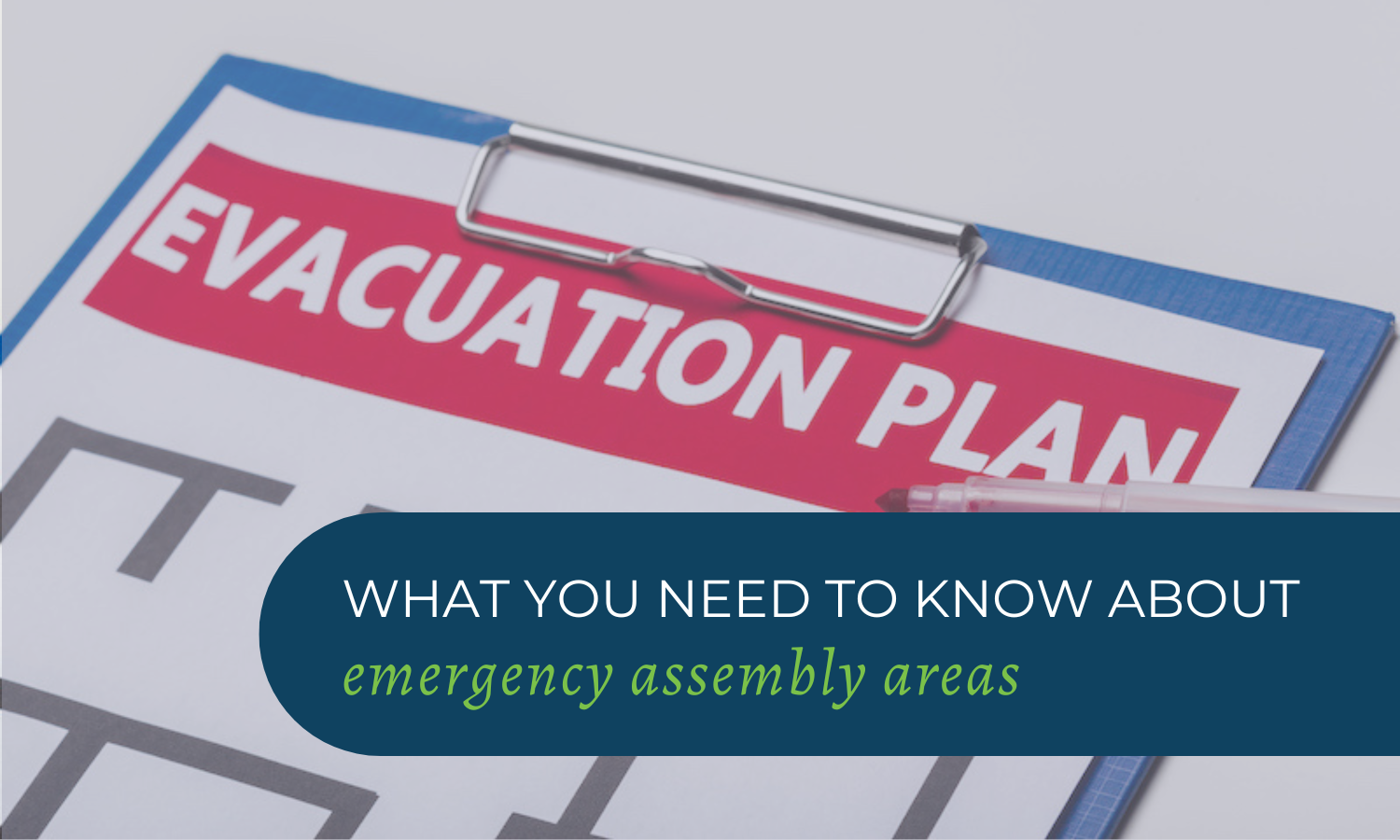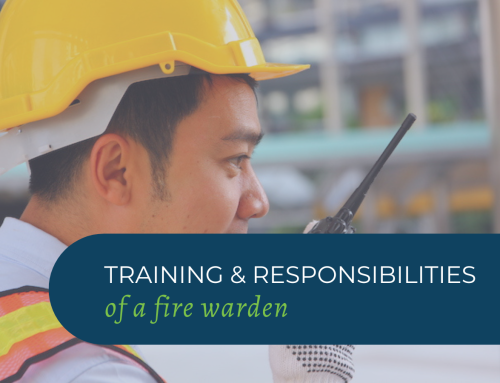Designating a proper assembly area for your workplace emergency procedures is a critical component of your safety plan and requires careful consideration. Simply stating that everyone should evacuate to the carpark during an emergency is insufficient and can lead to confusion or even endanger staff.
An effective assembly area should provide a specific, safe location where employees can gather, away from any immediate danger. Evacuation plans are designed to protect people, and selecting a well-defined assembly point is essential for keeping everyone out of harm’s way during an emergency.
When determining assembly areas, you must consider factors such as accessibility, safety, and proximity to potential hazards, all while meeting your legal WHS obligations.
These general guidelines are a good starting point, but consulting an emergency planning expert ensures your chosen assembly area fully complies with safety standards and minimizes risks.
1. The position of your assembly area
The position of your assembly area is a crucial factor in your emergency plan and must be carefully considered. The assembly point should not be too close to the building to avoid placing people in danger from ongoing hazards. However, it also shouldn’t be too far away, as this could cause unnecessary fatigue or delays in reaching the location.
Ensure the area is easily accessible and free of gates, obstacles, or busy roads and pathways that could hinder evacuation efforts. Selecting a safe and practical location is vital for keeping everyone protected during an emergency.

2. The accessibility of your assembly area
As part of your emergency plan, it’s your responsibility to ensure that everyone in your building, including those with disabilities, can safely access the designated assembly point during an evacuation. The route to the safest exit must remain clear and unobstructed, accommodating individuals with mobility challenges.
Similarly, the assembly area must be accessible to everyone, ensuring no one is excluded or at risk. Additionally, ensure there are enough emergency exits and that all exit doors are easy to open and never locked, so evacuation can occur smoothly and safely.
3. The size of your assembly area
Your assembly area must be spacious enough to accommodate all employees without overcrowding, as a cramped space can lead to increased panic and potential injuries. Additionally, the area should have sufficient room for first aid to be administered, if necessary while awaiting emergency services.
By meeting these requirements, your assembly area ensures the safety of everyone during an evacuation. Regular evacuation drills are essential to familiarise everyone with the assembly point and the safest routes to get there, reducing confusion and enabling a quicker, safer escape during emergencies.
Looking to consult with a WHS expert about finding the most suitable assembly area at your workplace? Get in touch today with the team at Workplace Emergency Management. We’ll determine the best location on your site and explain why we recommend it.
We also run emergency response training, including evacuation exercises, which will help familiarise your staff with the assembly area.
GET IN TOUCH
Are you ready for peace of mind that your workforce is as safe and prepared as possible?
With a dedicated team of staff ready to help you meet compliance requirements and improve the overall safety of your workplace, all you need to do is get in touch.
Request your free audit today!



